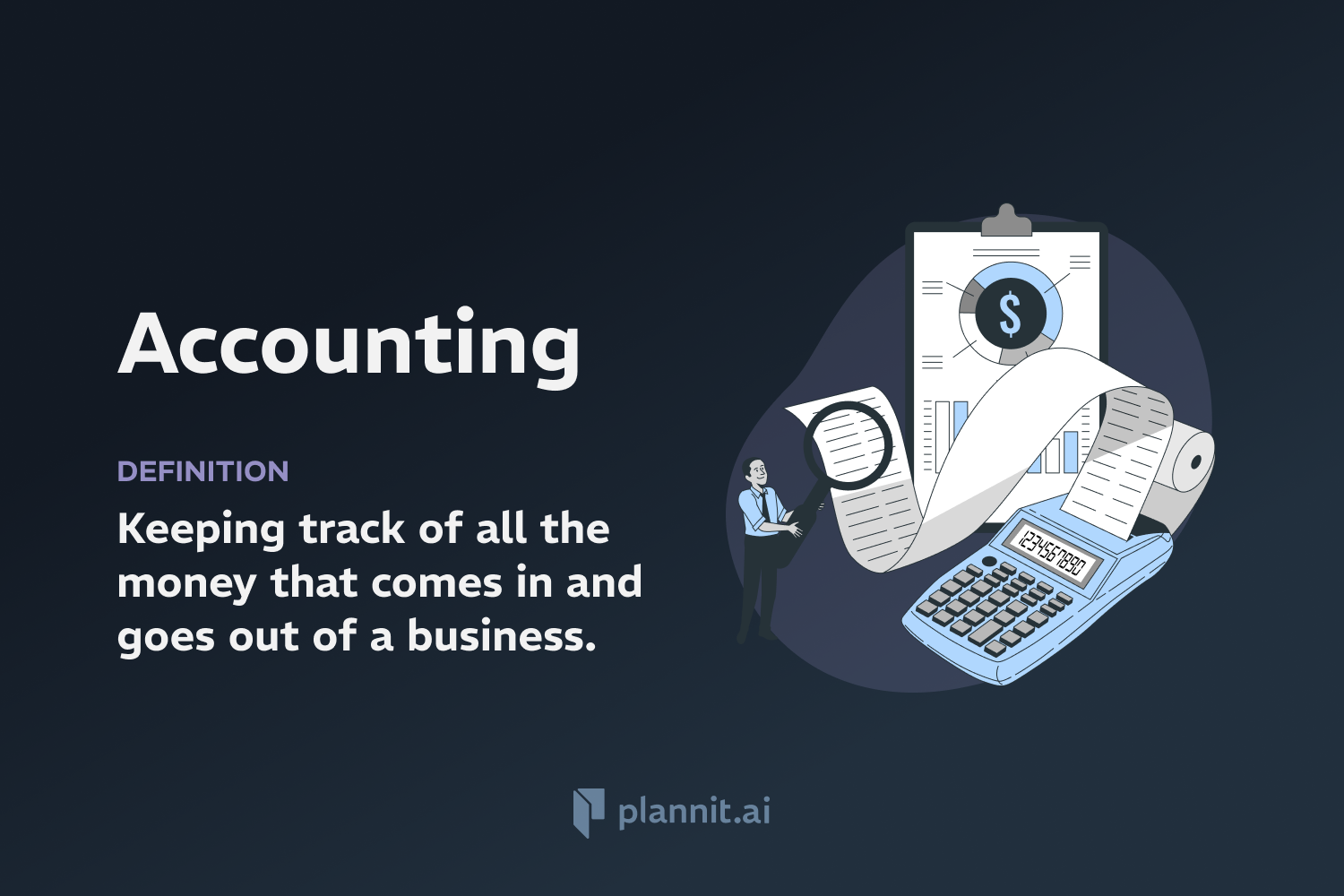Need Help With Your Business Plan?
Answer tailored questions and get a detailed business plan in minutes.
Problem Statement: Definition & In-Depth Explanation
Definition:
A Problem Statement is a clear, concise description of the issues that need to be addressed by a problem-solving team. It identifies the gap between the current (problem) state and desired (goal) state of a process or product. By clearly defining the problem, stakeholders and project members can target and implement solutions more effectively.
Context of Use:
Problem statements are widely used in business, research, and technology development to clarify the issues or challenges facing a project or operation. They serve as the foundation for project planning, setting objectives, and initiating quality improvement or innovation processes.
Purpose:
The purpose of a problem statement is to streamline the improvement process by clearly defining the problem at hand in a way that is understandable for all stakeholders. It helps focus efforts and resources efficiently and serves as a communication tool that aligns the team on the objectives.
Example:
Business Process Improvement: A company might use a problem statement to define inefficiencies in its customer service operations, stating the impact on customer satisfaction and outlining desired improvements.
Scientific Research: Researchers often begin with a problem statement that outlines the research gap they intend to address, guiding the direction of their study.
Related Terms:
Scope: The extent of the area or subject matter that something deals with or to which it is relevant.
Stakeholders: Individuals or groups that have an interest in any decision or activity of an organization.
Objective: A specific result that a person or system aims to achieve within a time frame with available resources.
FAQs:
1. What are the components of an effective problem statement?
A: An effective problem statement should include a description of the problem, its impact on stakeholders, and the needs that must be addressed. It should be clear, concise, and specific enough to guide further action.
2. How does a problem statement differ from a hypothesis?
A: A problem statement defines a problem and sets the stage for improvement, while a hypothesis is a proposed explanation made on the basis of limited evidence as a starting point for further investigation.
3. What makes a problem statement useful in business?
A: In business, a problem statement is useful because it clarifies the issue, helps allocate resources effectively, and ensures that all team members understand and agree on the problem they are addressing.
4. Can a problem statement change during a project?
A: Yes, a problem statement can evolve as more information becomes available or as the project scope changes. It should be reviewed periodically and adjusted as necessary to reflect new insights or shifts in objectives.
5. What are common mistakes in writing problem statements?
A: Common mistakes include being too vague, overly complex, or broad; focusing on solutions rather than problems; and failing to connect the problem to broader organizational goals or stakeholder needs.
Get funding with a business plan that will impress investors.
Starting a New Business?



